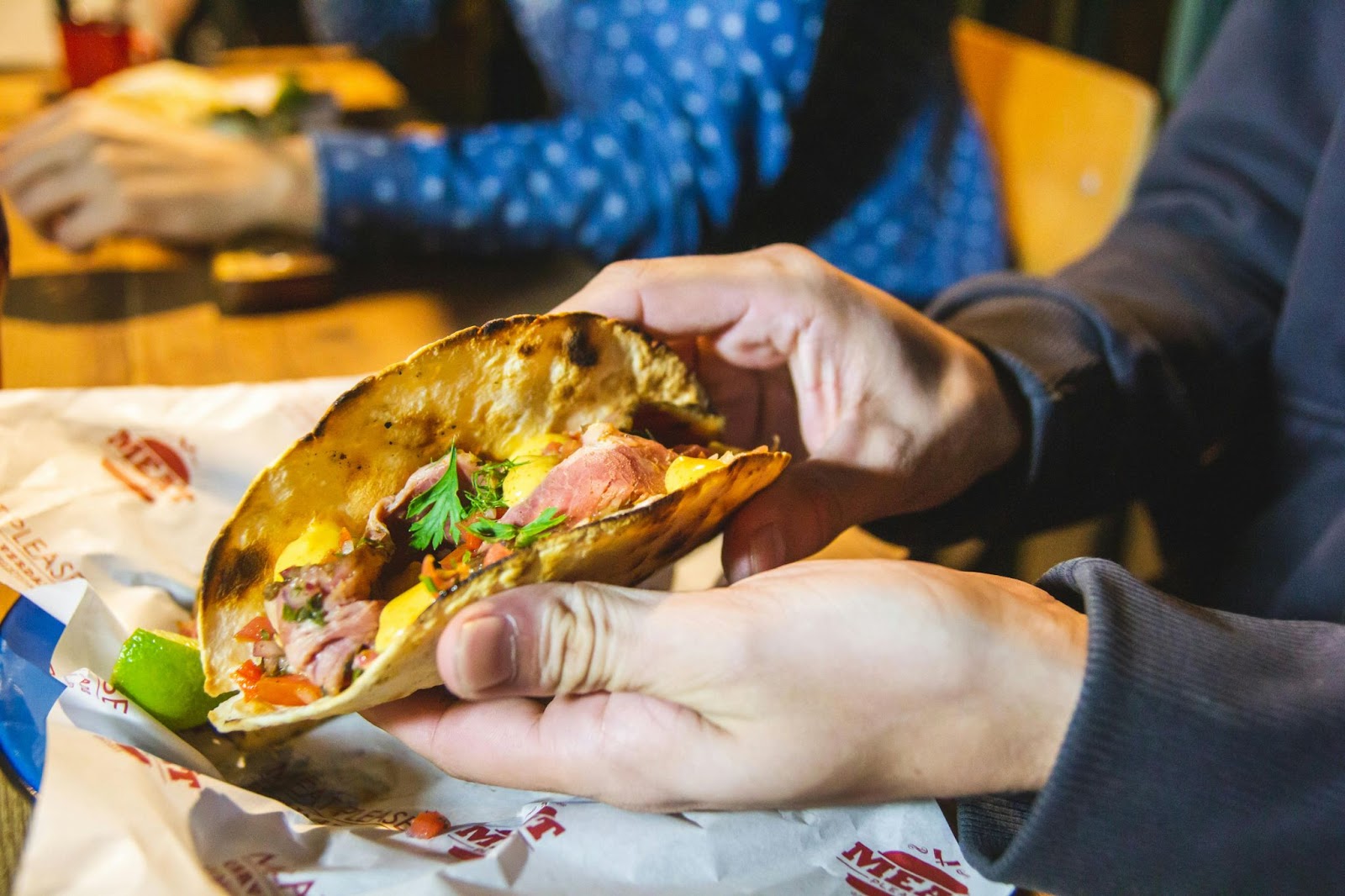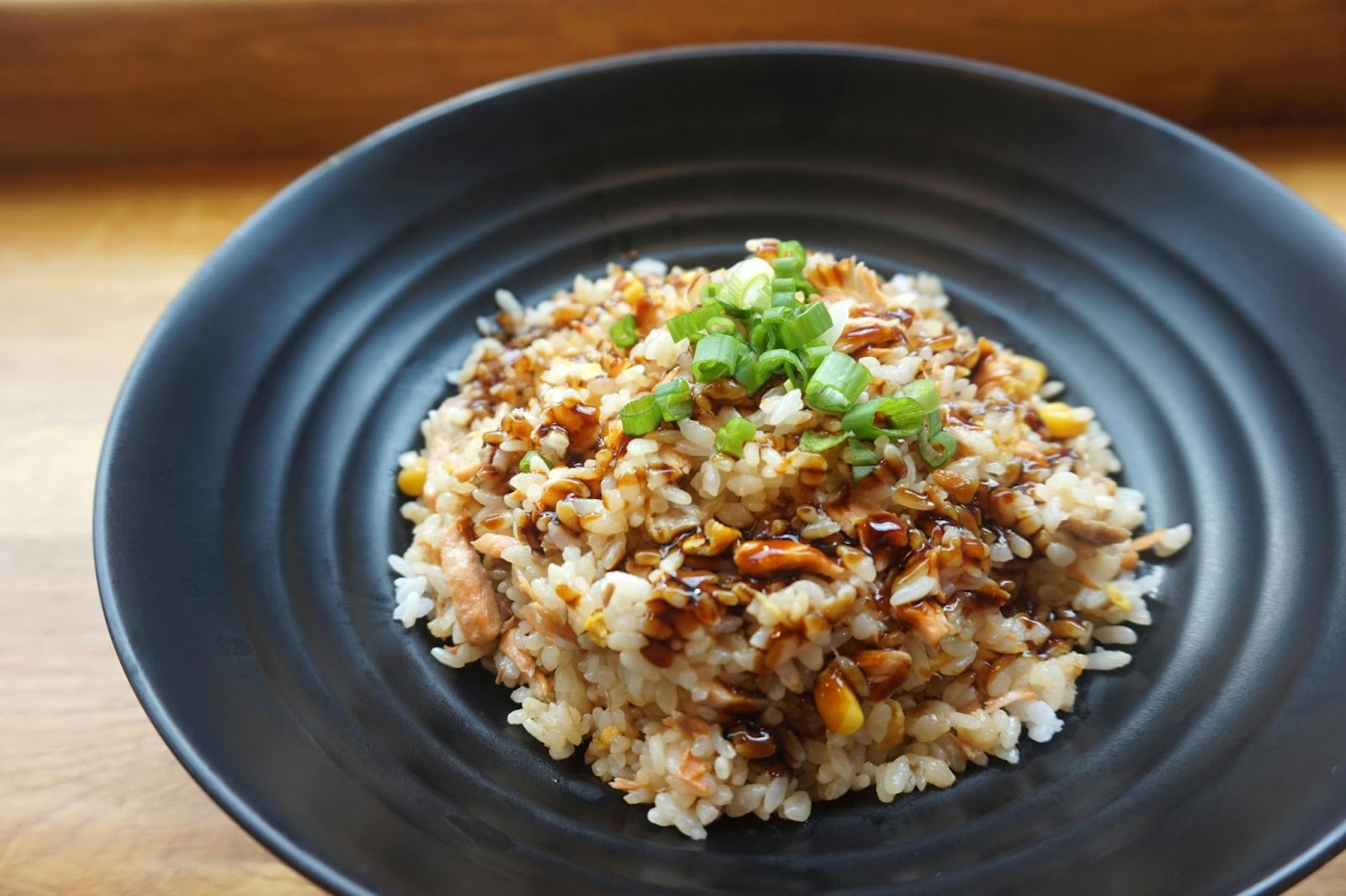 The Global Food Craze: Unveiling the Most Popular Dish Worldwide
The Global Food Craze: Unveiling the Most Popular Dish Worldwide
What’s the Most Popular Food in the World
What’s the Most Popular Food in the World involves delving into extensive global surveys and research findings. These studies shed light on the culinary preferences of people across different regions and continents, offering valuable insights into the universal appeal of certain dishes. Through meticulous data collection and analysis, researchers uncover fascinating trends that reveal the widespread popularity of specific foods that resonate with diverse populations.
The popularity of food is intricately intertwined with cultural influences that shape people’s culinary choices and preferences. Cultural factors such as historical traditions, regional ingredients, and social norms play a significant role in determining which foods gain widespread acclaim and recognition. From spicy curries in India to flavorful tacos in Mexico, each cuisine reflects the unique heritage and culinary heritage of its respective culture, highlighting the profound impact of traditions on shaping the popularity of dishes worldwide.
 Key Contenders for the Title
Key Contenders for the Title
Pizza, originating from Italy but now a global favorite, is a strong contender for the title of the world’s most popular food. Its versatility in toppings, such as cheese, vegetables, and meats, caters to a variety of taste preferences, enhancing its universal appeal.
Rice, a staple food in many cultures, stands out as a key contender for the title of the most popular food. From sushi in Japan to paella in Spain and biryani in India, rice dishes exhibit a diverse range of flavors and cooking styles that captivate taste buds globally.
The hamburger, with its origins in the United States, has achieved worldwide acclaim, solidifying its position as a top contender for the title of the most popular food. Loved for its simplicity yet satisfying taste, the hamburger has transcended borders to become a beloved fast food choice across the globe.
 Regional Variations of Popular Dishes
Regional Variations of Popular Dishes
From Naples to New York, pizza has morphed into a global culinary icon with diverse interpretations. In Italy, the birthplace of pizza, traditional Neapolitan pizza features a thin, chewy crust topped with simple ingredients like fresh tomatoes, mozzarella, basil, and olive oil. New York-style pizza, on the other hand, is characterized by its large foldable slices and abundant toppings, reflecting the city’s cultural melting pot.
Rice, a staple in many Asian, Middle Eastern, and Latin American cuisines, undergoes unique transformations across regions. In Japan, sushi combines vinegared rice with seafood, vegetables, and seaweed, offering a delicate balance of flavors. Contrastingly, India’s biryani, a fragrant rice dish layered with spiced meat or vegetables, showcases the country’s rich blend of aromatic spices and cooking techniques.
The humble hamburger undergoes a fusion of culinary techniques in various parts of the world. In Japan, the teriyaki burger marries American fast food with traditional Japanese flavors, featuring a beef patty glazed with sweet teriyaki sauce and served with lettuce and mayonnaise. Similarly, in India, the paneer tikka burger replaces the meat patty with spiced paneer (Indian cottage cheese) marinated in yogurt and tandoori spices, offering a delectable fusion of East and West on a bun.
 The Impact of Tourism on Gastronomic Fame
The Impact of Tourism on Gastronomic Fame
Travelers flock to destinations for What’s the Most Popular Food in the World, making food an integral part of the tourist experience. From pasta in Italy to sushi in Japan, these destination foods not only represent the culinary identity of a place but also attract visitors seeking authentic gastronomic delights. The global popularity of these dishes enhances the reputation of the locales they originate from, contributing to the overall tourism appeal.
Food festivals offer a unique opportunity for travelers to indulge in a diverse range of cuisines and experience local culinary traditions. These events celebrate the rich tapestry of global gastronomy, showcasing specialties from various regions and cultures. Culinary tourism, driven by food festivals, allows visitors to immerse themselves in the flavors What’s the Most Popular Food in the World, fostering cultural exchange and appreciation for diverse culinary heritage.